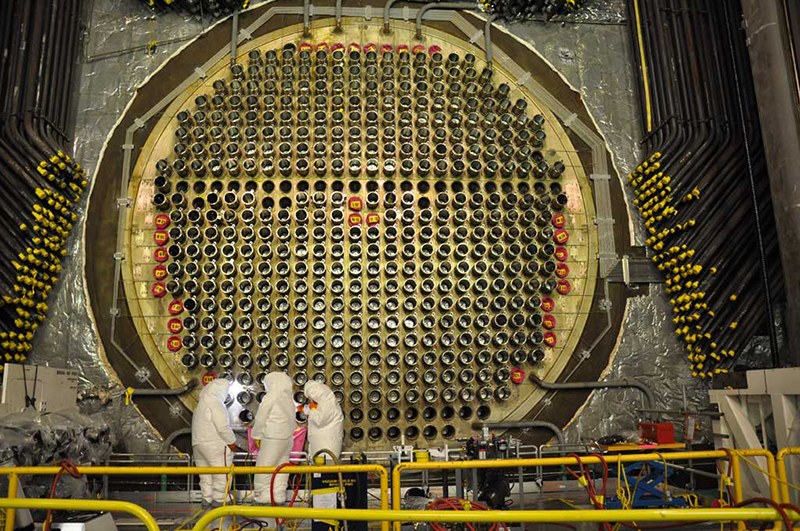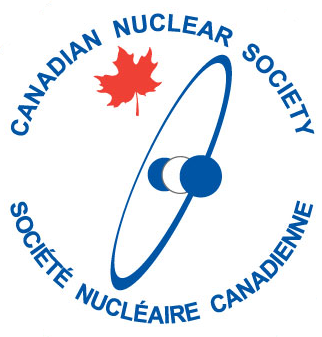Nuclear Waste Management Organization taking extra year to pick storage site as its seeks local support

Many of you will have heard me speak about the way that words have two meanings a denotative one i.e. the dictionary definition and a connotative one, which is mental picture that is created. The latter is by far the more powerful. Good communication is about getting them both right.
Misinformation campaigns often use a word because it is denotatively correct know that it connotes something different. A classic example in our industry is the reference to a deep geologic repository as a “dump”. Yes, denotatively you can do that, but its done because the people doing it connotes something that will disturb people. It’s easy to point this out whenever it is done and it draws attention to the duplicity of the person doing it.
Another deception is the use of the word “leak” when it refers to the repository. If you stretch the dictionary definition a long way you can just about make fit under the broad denotative umbrella but it gives completely the wrong picture. We recently tried to address the issue in our response to an article in the Hill Times
“
Nuclear Waste Management Organization taking extra year to pick storage site as its seeks local support”.
Kevin Philipupillai appropriately endeavored to present both sides of the story regarding the selection of sites for a Deep Geologic Repository. It is an important issue for the nation and it is appropriate to have a fact based-discussion. Unfortunately, by quoting the deceptively named anti-nuclear group, the Ontario Clean Air Alliance, the article ends up creating impressions that are not correct and need to be corrected if that fact-based discussion is to take place.
Readers should note that;
- No one is proposing to “dig that big hole and throw all the waste in” but instead the plan is to carefully place used fuel, in a network of engineered placement rooms in solid rock 500 metres below ground.
- This facility will never “leak” in any normal meaning of the word as the used fuel is solid and there will be no flowing liquid in the repository. No rock is completely dry and there will be moisture bound up in it, so that after a very long time, vastly in excess of what we might expect human civilization to last for, all of the engineered barriers could break down, some fuel could be dissolved, and it might leach slowly out of the repository, where it will still do no harm. Too describe that as a “leak” is deliberately misleading.
- Future generations will not have to pay to “safely guard theses wastes” as the users of the electricity pay for the construction and operation of the DGR as they use the electricity the fuel produces. Future generations will in fact gain the economic benefit of spending that money.
Kevin makes one error in his article when he compares the long timescales of radioactive decay with the “horizon of any existing engineering project or security maintenance budget” as the long-term protection comes from the geology and so the comparison should be with geologic timescales which run to billions of years and comfortably provide the security that is needed.
Mankind produces and manages many things that are toxic, the niobium used in the magnets of wind turbines, for example, or the cadmium in solar panels. These materials are toxic forever and generally, they are disposed of in surface facilities. Ultimately these facilities will actually leak as they are exposedto weather and flowing water.
Facts, presented in context, show that a Deep Geologic Repository is a truly sustainable approach that “meets the needs of the present without compromising the ability of future generations to meet their own needs”, and actually sets a new standard for industrial sustainability.
”
Popular Core Business Articles
- The important differences between Hazard, Danger, Risk and Fear when considering a Deep Geologic Repository for used nuclear fuel.
- Deep Geologic Repositories (DGRs)? Distressed purchase or Jewel in the Nuclear Crown
- An article by the Breakthrough Institute
- How do we quickly and succinctly explain why wind and solar are not cheap?
- The Titanic Fallacy

Leave a Reply
You must be logged in to post a comment.